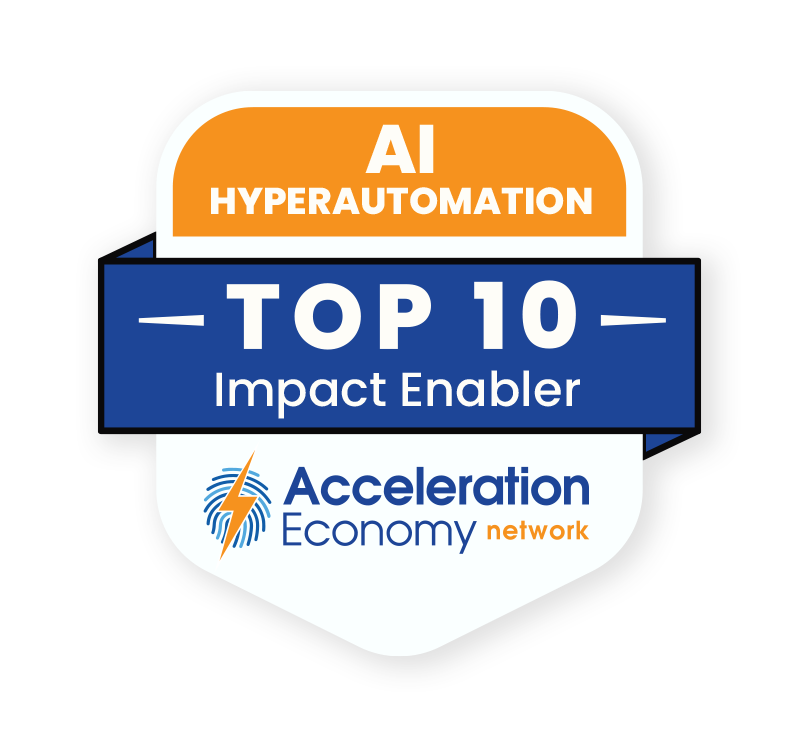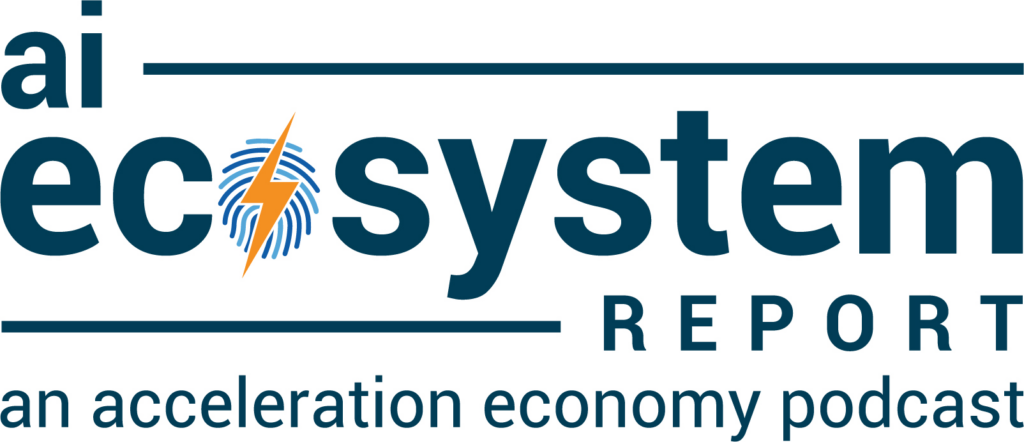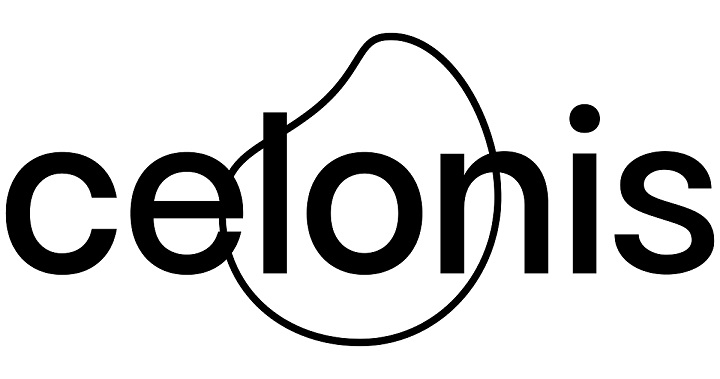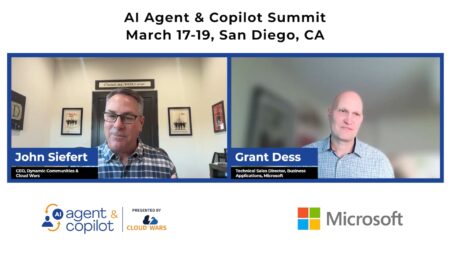Process mining and execution management stalwart Celonis is building on its momentum with government customers by extending an alliance with Carahsoft Corp. to include Celonis on the latter’s General Services Administration (GSA) schedule.
The latest development in the partners’ relationship means Celonis software becomes widely available to federal, state, and local governments through the pricing schedule that most government customers use as a starting point when entering into negotiations for goods or services; in effect, making it easier and more efficient to purchase the software.
Chris Radich, vice president of value engineering for public sector at Celonis, called Carahsoft the “premier U.S. government distributor of software and cloud services” with billions of dollars in bookings. Carahsoft’s scale and government footprint means it knows how to operate at the speed customers require in adopting cloud services, so it gives partners such as Celonis an important boost in that regard.

Which companies are the most important vendors in AI and hyperautomation? Check out the Acceleration Economy AI/Hyperautomation Top 10 Shortlist.
The use of process mining and execution management can deliver a variety of benefits to government agencies: increasing efficiency of existing tech investments while modernizing current systems and processes; raising visibility into siloed tech stacks; reducing process complexity; and delivering cost savings.
Celonis is on the Top 10 Shortlist of AI/Hyperautomation Enablers selected by the practitioner analysts at Acceleration Economy.
Customer Acceptance
Inclusion on the Carahsoft GSA schedule should accelerate the progress Celonis has already made since 2022 in the government market, where it has scored marquee customer wins. Celonis technology is being used by several government entities that Radich detailed in an interview this week:
- The U.S. Department of Defense is building a digital twin for tighter management “in their entire process landscape and ERP landscape,” Radich said. The DoD determined it had over 100,000 variations in its procure-to-pay process, which is typical of the types of processes that Celonis software analyzes.
- A state government was weighed down by over $100 million in rogue technology spend in their procurement systems; Celonis helped the agency bring that under control in three days, and is currently implementing automated controls.
- A New York State government entity stood up what it calls a Value Optimization Center of Excellence that is designed to provide full transparency into the end-to-end value chain for its CFO office.

“In most of our pilot projects [with government agencies], the customer just wants to see their data, then we start to peel back the onion and say ‘we located the rogue spend, would you like to see us automate spending controls’?”
Chris Radich, vice president of value engineering for public sector, Celonis
These are the types of inefficiencies that Celonis software is designed to identify and eliminate. “Transparency is always plagued in government, whether it’s because they’re outsourcing a lot of the system’s implementation and support, or there’s institutional knowledge built up,” Radich says. “In most of our pilot projects, the customer just wants to see their data, then we start to peel back the onion and say ‘we located the rogue spend, would you like to see us automate spending controls’?”
Market Opportunity
Radich detailed the market need, and Celonis’ fit, with government customers: 25% of total U.S. business spending is done by government entities, so the revenue opportunity is massive. The large enterprises that Celonis typically serves tend to have diverse systems supporting their processes, and inefficiencies that go along with that complexity, making them similar to many government agencies. The typical government agency, moreover, tends to be a large user of enterprise resource planning (ERP), and Celonis software is frequently used to analyze and optimize the core ERP systems that run so many businesses.
A common set of trends is playing out across many government organizations. First, in the post-Covid era, finance leaders are increasingly searching for more transparency on their spend, which is a favorable development for Celonis.
These entities need an organizational focus on process improvement. Specifically, one that’s modern, and more effective, when compared to the ill-fated business process reengineering trend of the 1990s, Radich says. Celonis is looking to help them build the organizational structure to support that.
Finally, customers are looking to transform ERP usage and projects, given the high rate of failure of such projects. Celonis believes it can bring a unique perspective, and differentiated technology value, to help customers manage a big tech investment or migration through a process-oriented approach, Radich said.
He went so far as to position the concept of a financial digital twin, as the DoD is currently using, as a prime use case across government agencies for process mining, especially the object-centric approach that provides visibility across multiple processes and organizations.
Such an approach would enable a government agency to take a purchase order and track it from appropriations all the way through to the end payment. “That’s an example of where object-centric process mining could make a massive impact” by creating end-to-end visibility that’s not possible today, Radich says.
To hear more data modernization, AI/hyperautomation, cybersecurity, and growth strategies from CIO practitioners, tune into Acceleration Economy’s Digital CIO Summit, which takes place April 4-6. Register for the free event here.











